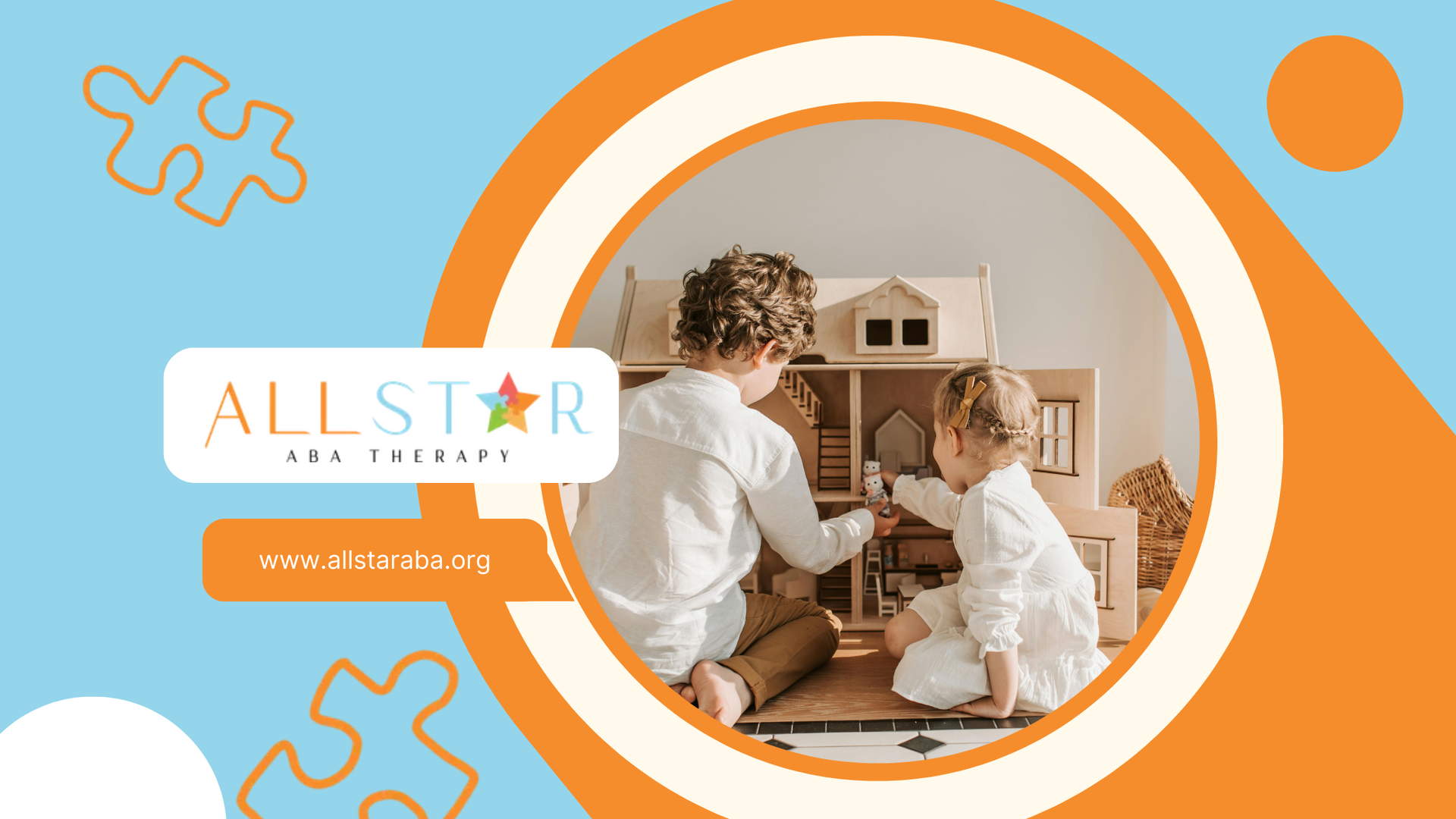New Paragraph
Why Are Autistic Kids So Energetic? Understanding High Activity Levels
Many parents notice that autistic children seem to have endless energy. This high activity level is often linked to how autistic individuals process sensory information. Movement can help regulate overwhelming sensations or provide stimulation when their body feels underactive. What looks like “hyperactivity” is often a necessary form of self-regulation.
Autistic children may pace, jump, spin, or flap their hands to calm themselves or express excitement. These behaviors—often called stimming—help them manage emotions, focus, or feel more comfortable in their environment. Some children may also have traits of ADHD, which commonly overlaps with autism and can increase impulsivity and movement.
To support energetic autistic children, parents can create structured opportunities for movement, such as swinging, swimming, trampoline time, or outdoor play. Predictable routines and sensory breaks throughout the day help prevent overload and reduce frustration.
ABA therapy can also make a significant difference by teaching emotional regulation, impulse control, and coping strategies tailored to the child’s needs.
At All Star ABA, we understand that movement is meaningful. Our therapeutic programs help children channel their energy in positive ways, build self-regulation skills, and thrive in their daily routines.
Frequently Asked Questions
Why do autistic kids seem to have so much energy?
Many autistic children are highly energetic due to sensory needs, difficulty with self-regulation, or excitement about specific interests.
Is hyperactivity part of autism?
Hyperactivity is common and may overlap with ADHD, which frequently co-occurs with autism.
Can sensory issues make a child appear more energetic?
Yes. Children may move more when overstimulated or understimulated as a way to regulate their sensory system.
Need Support?
We're Here to Help!
Our experienced team is ready to assist you. Reach out today to discuss how we can support your child's development and well-being.
Get started with expert ABA therapy today.








